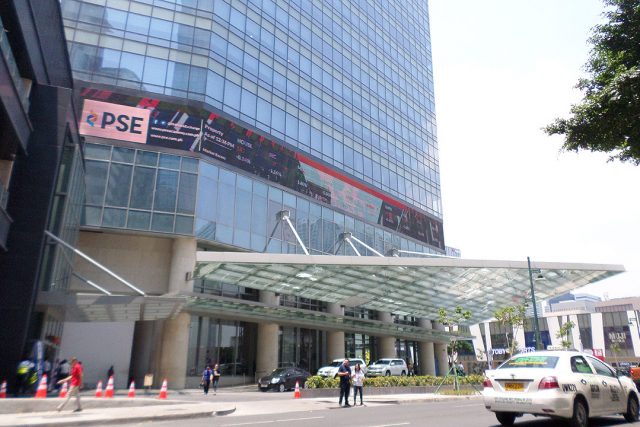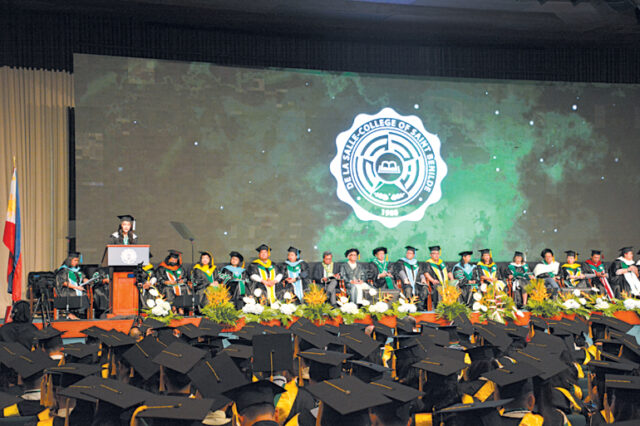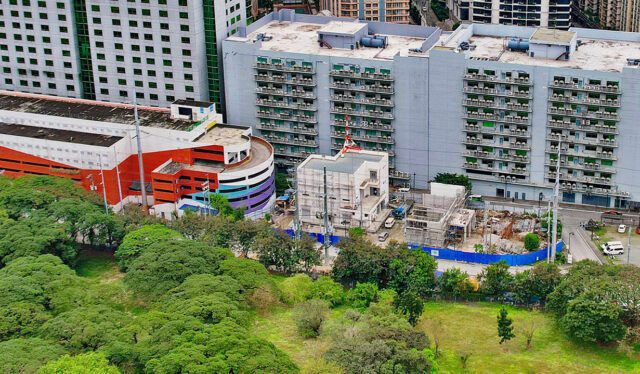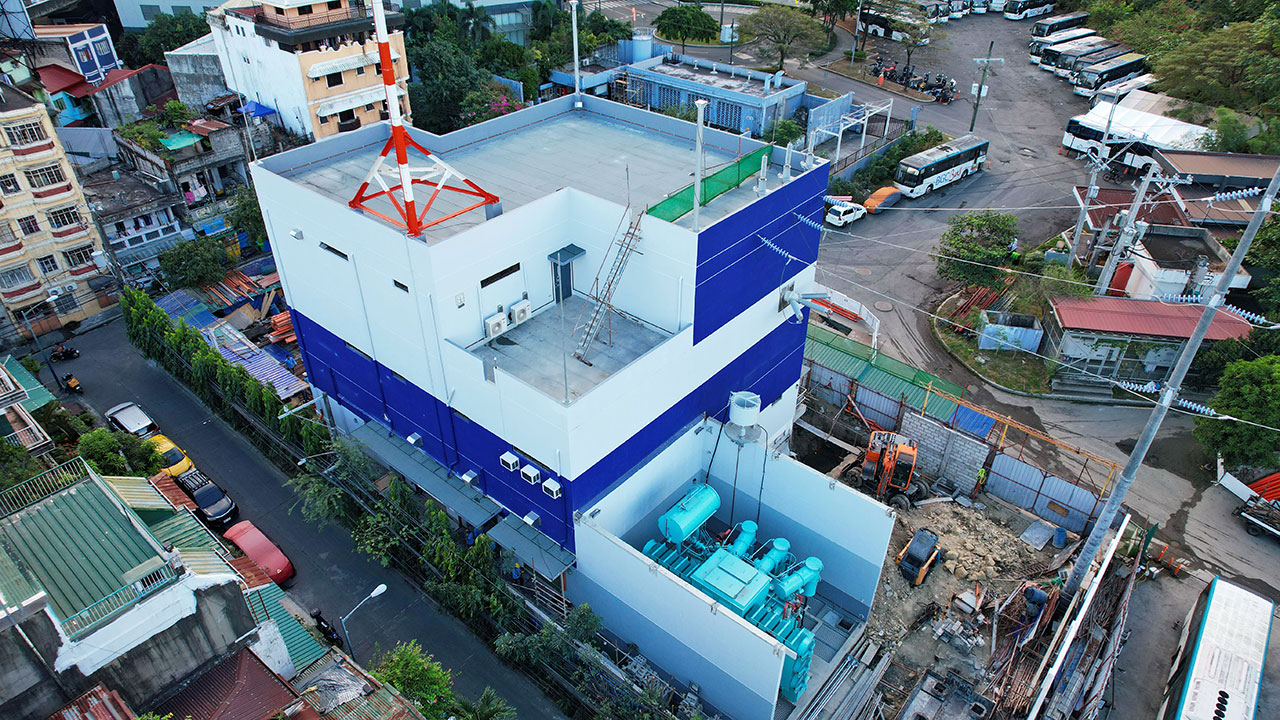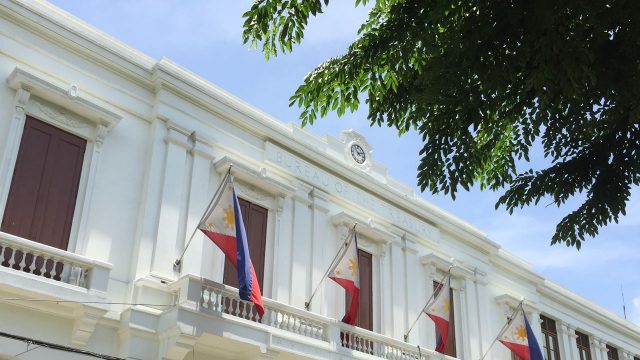RUSTAN Commercial Corp., SSI Group, Inc., and Rustan Marketing Corporation Chair Zenaida Tantoco (“ZRT” to Rustan’s and SSI staffers; “Nedy” to friends, family, and the society pages) passed away on Feb. 8, 2024. The death was confirmed through a statement sent out by the Tantoco family through Viber.
“It is with profound sadness that we announce the passing of Zenaida ‘Nedy’ R. Tantoco. The retailer, philanthropist, patroness of the arts, loving mother, and grandmother passed away last night, Feb. 8, 2024, at 11:42 p.m. She was 77 years old,” said the statement.
Ms. Tantoco would have been about five years old when her parents founded their retail empire in 1952 from their house in San Marcelino, Manila. Her parents were entrepreneurs Bienvenido Tantoco, Sr. (who would be appointed Ambassador to the Vatican in 1983) and Gliceria Rustia Tantoco, a close associate of former First Lady Imelda Marcos. While her father passed away in 2021 at the age of 100, her mother had died much earlier in 1994.
The senior Tantoco couple changed the face of Philippine retail by bringing in some of the world’s most prestigious brands to the country through their department store chain, Rustan’s. Their operations in franchising, licensing, and distribution expanded through sister company, Stores Specialists Inc. (SSI), founded in the 1980s. While some brands may have changed distribution channels in the Philippines through the years, the brands brought in by the Tantoco family have included Salvatore Ferragamo, Cartier, Bottega Veneta, Charriol, Oleg Cassini, Dior, Balenciaga, Givenchy, Loewe, Prada, Burberry, Montblanc, Tiffany & Co., and Hermès; among others.
Nedy Tantoco, even as a young woman, was already known for her style, dressed by the best designers here and abroad. With a reputation as an arbiter of taste, it seemed natural for Ms. Tantoco to ascend to her parents’ place to head the Rustan Group. Well into her 70s, Ms. Tantoco still cut a striking figure at Rustan’s events, usually in Ferragamo pumps.
Aside from her work as chair and chief executive officer (CEO) of the family business, Ms. Tantoco participated in society and patronized the arts, with a special interest in opera.
“The CCP (Cultural Center of the Philippines) and the art community in general grieves the loss of a strong ally in pursuing cultural endeavors and promoting artistic excellence. May her soul rest in peace and rise in glory,” said the CCP in a statement honoring its former long-time trustee. Ms. Tantoco had been part of the CCP Board of Trustees from 2002 until her resignation in 2021.
“During her 19 years as CCP Trustee, her accomplishments were defined by her integrity and reliability, as well as her unwavering love and inspiring passion for arts and culture,” said the statement, which highlighted her fundraising efforts for the cultural center. She raised funds for new musical instruments and repairs for the Philippine Philharmonic Orchestra (PPO), she underwrote several CCP opera productions including Gaetano Donizetti’s L’Elisir d’Amore in 2017 and Lucia di Lammermoor in 2020, and Giacomo Puccini’s Turandot in 2022.
Former PPO Musical Director Olivier Ochanine wrote in a Facebook post: “Up until her last messages to me days ago, she was always positive and inspiring. She helped me to organize the PPO reunion just a couple of weeks ago… Incredibly hard to think now that just days later, this superb, generous and kind woman — bigger than life, as they say — would leave this world.
“No words can adequately describe how important you are to me and to so many others.”
Opera singer Rachelle Gerodias wrote on Facebook, “Despite her social stature and power she was so humble, kind, and generous to everyone, especially to her family and friends. She sincerely loved the arts and generously supported classical music and opera in our country. She is a great loss to all of us.”
Fashion designer Puey Quiñones wrote “Thank you Tita Nedy Tantoco for the focus, the opportunity to be in Rustan’s. My heart is broken. We love you, Tita. Rest in paradise.”
She is survived by her partner Patrick Jacinto; her three children: Anton Huang (who sits as president at SSI) with wife Nina and daughters Nikki and Isabelle; Michael Huang (Rustan’s Senior Vice-President for Development and Support) with wife Kathy and children Kenzie and Kameron; and Catherine with husband David Endriga. She is also survived by siblings Rico and wife Nena Tantoco, Menchu and husband Jun Lopez, Marilou and husband Eddie Pineda, Marlien Tantoco, and Maritess and husband Renato Enriquez.
“Nedy uncompromisingly upheld the sacred values taught by their parents in running a family enterprise. Although known in the industry for her astute professionalism, Nedy will always be better remembered as a nurturing force in fostering family empowerment and unity. These, she believed, were key for their family’s future generations to thrive,” said the statement from the Tantoco family.
The wake will be held at 25B Tamarind Avenue, Forbes Park, Makati City, from 11 a.m. to 10 p.m. on Feb. 10-12. Ms. Tantoco’s remains will be transferred to the Heritage Park in Taguig on Feb. 13 to 15, from 9 a.m. to 9 p.m, with masses held at 5 p.m. The funeral mass will be held on Feb. 16 at 10 a.m. in the Santuario de San Antonio Parish in Forbes Park, Makati.
— JLG





